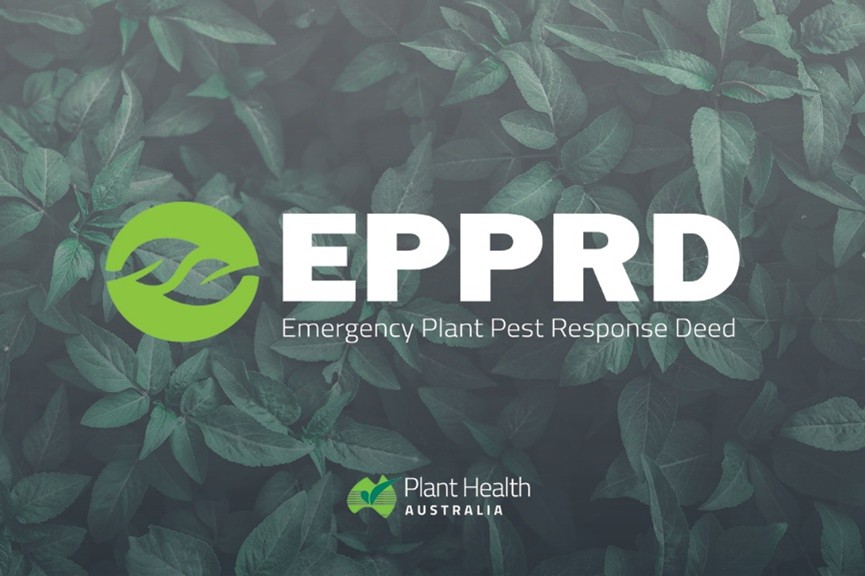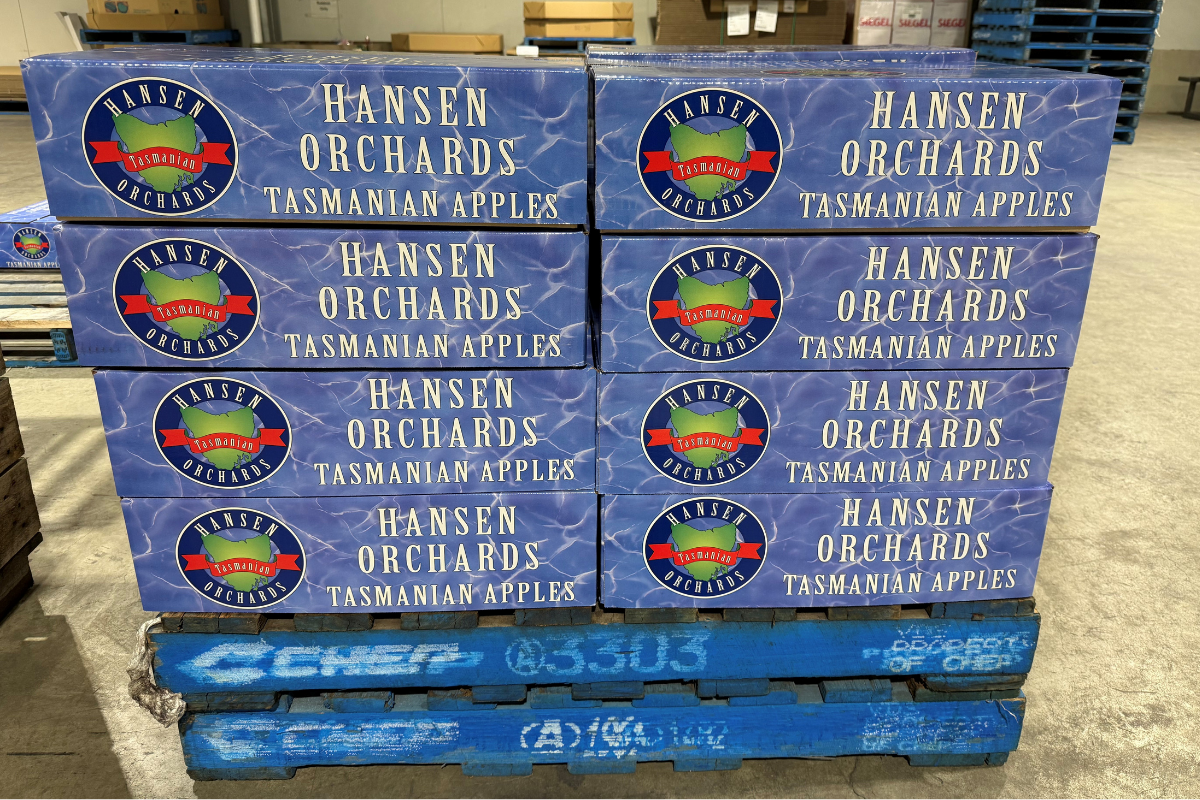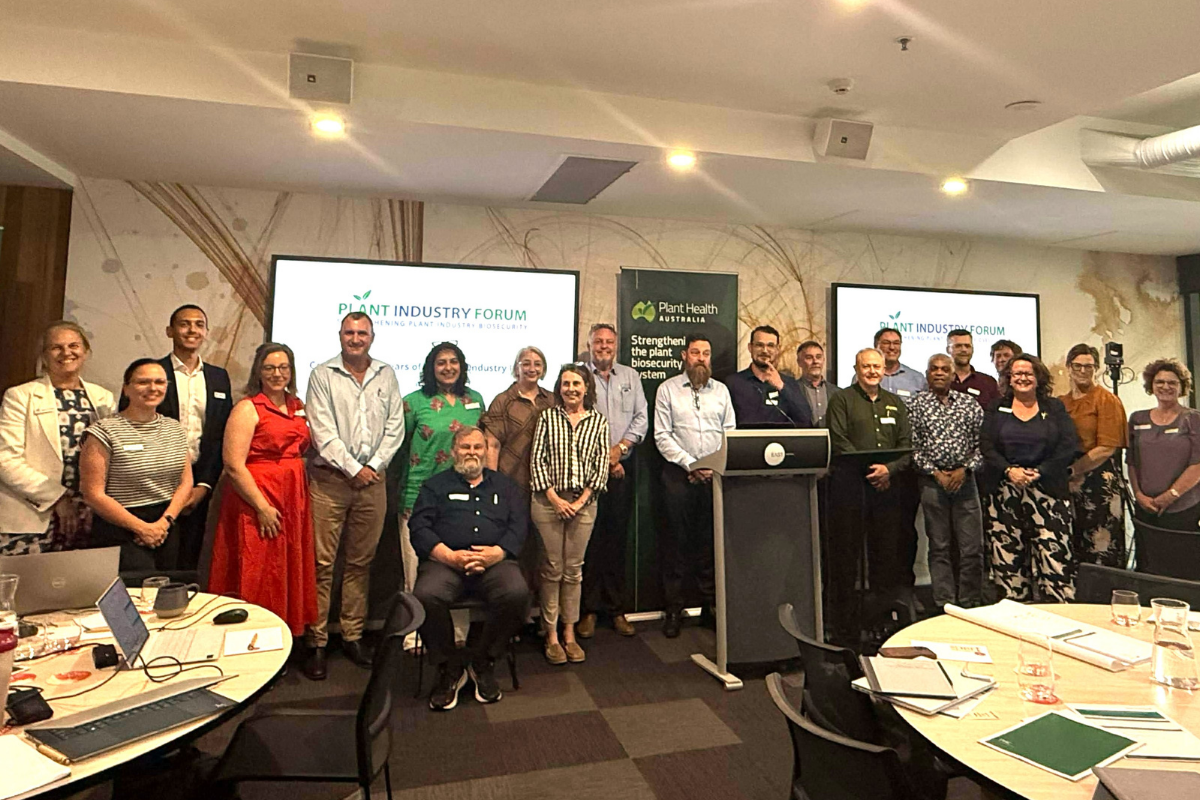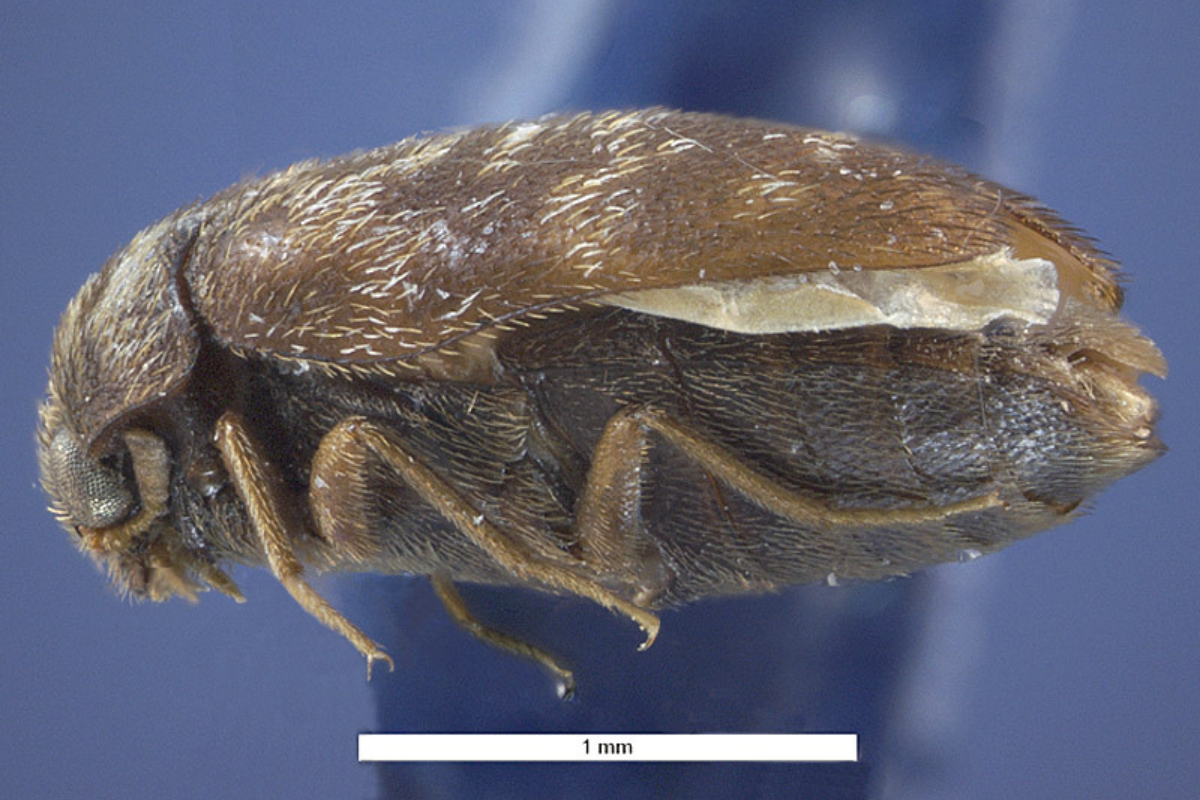Message from the CEO
As we head into the second half of the year, I’m pleased to share a few key highlights and developments that continue to shape and strengthen Australia’s plant biosecurity system.
At the end of May, Dr Lucy Tran-Nguyen, PHA’s General Manager of Resilience and Innovation, attended Exercise Convergence, a national simulation led by the National Emergency Management Agency (NEMA) in Canberra. With more than 350 participants from all levels of government, emergency services, charities, critical infrastructure, supermarkets, health, telecommunications, animal welfare, transport and logistics, the multi-day crisis scenario explored how these stakeholder groups would work together to ensure all response systems were integrated and identify gaps for improvements. Preparedness exercises like Exercise Convergence are crucial for testing and strengthening our national response capability.
In May, I participated in the Centre of Excellence for Biosecurity Risk Analysis (CEBRA) Board meeting in Melbourne, reinforcing the importance of research partnerships and cross-sector insights. The CEBRA is Australia’s leading biosecurity risk analytics research centre, producing cutting-edge research to address biosecurity challenges across the globe, and assisting the Australian and New Zealand governments to remain at the forefront of managing biosecurity risks. Together with the University of Melbourne, CEBRA is jointly supported by the Australian Government Department of Agriculture, Fisheries and Forestry and the New Zealand Government Ministry for Primary Industries.
Earlier this month I enjoyed connecting with many of you during Hort Connections in Brisbane, which continues to be a vibrant space for collaboration across horticulture. Discussions around traceability, supply chains and preparedness were timely and practical.
Last week the National Management Group (NMG) confirmed that eradication of Polyphagous Shot Hole Borer (PSHB) in Western Australia is no longer technically feasible. This decision, though difficult, is grounded in evidence, and marks the commencement of a transition to management phase led by Department of Primary Industries and Regional Development (DPIRD) in Western Australia. Eradication efforts to date have been extensive, but the complex nature of this pest, lack of effective treatments, and wide host range have made national eradication unachievable. PHA will continue to support efforts to manage the pest’s impact through national coordination and shared learning as WA shifts its focus to long-term containment and resilience.
Last week, I attended an address by Su McCluskey, Australia’s inaugural Special Representative for Australian Agriculture at the National Rural Press Club in Canberra. Su reflected on her leadership role in increasing Australia’s presence in international agriculture and food policy discussions and furthering Australia’s commitment to climate action in agricultural production. The centrality of biosecurity to Australia’s future across industries, communities and borders was a strong theme and one we must continue to elevate nationally. Leadership continues to be a core theme this month, and I was pleased to present at the Northern Australia Biosecurity Strategy (NABS) Governance Training Mentoring Circle, sharing leadership lessons and reflections in complex and dynamic environments.
I also chaired the Grains Biosecurity Advisory Committee in Canberra last week who met to provide guidance and strategic direction on implementing strategies, projects and activities outlined in the Biosecurity Plan for the Grains Industry. Later this month I’ll attend the One Health Symposium hosted by the interim Australian Centre for Disease Control in Canberra, where stakeholders will come together to explore some of Australia’s most pressing health and ecological challenges. The event also provides a chance to reaffirm the critical role of plant health within the interconnected domains of animal, environmental and human health.
This is also, a timely reminder that nominations for the 2025 Australian Biosecurity Awards are closing soon. If you know someone, or a team, making an impact, don’t miss the opportunity to shine a spotlight on their work.
And lastly, in response to ongoing incursions, new movement restrictions for Tomato brown rugose fruit virus (ToBRFV) have now been introduced for entry into Queensland. I urge Members to review and share these requirements through your networks.
Thank you for your continued engagement and dedication. Together, we’re reinforcing the strength and adaptability of Australia’s plant biosecurity system.
Regards
Sarah Corcoran





